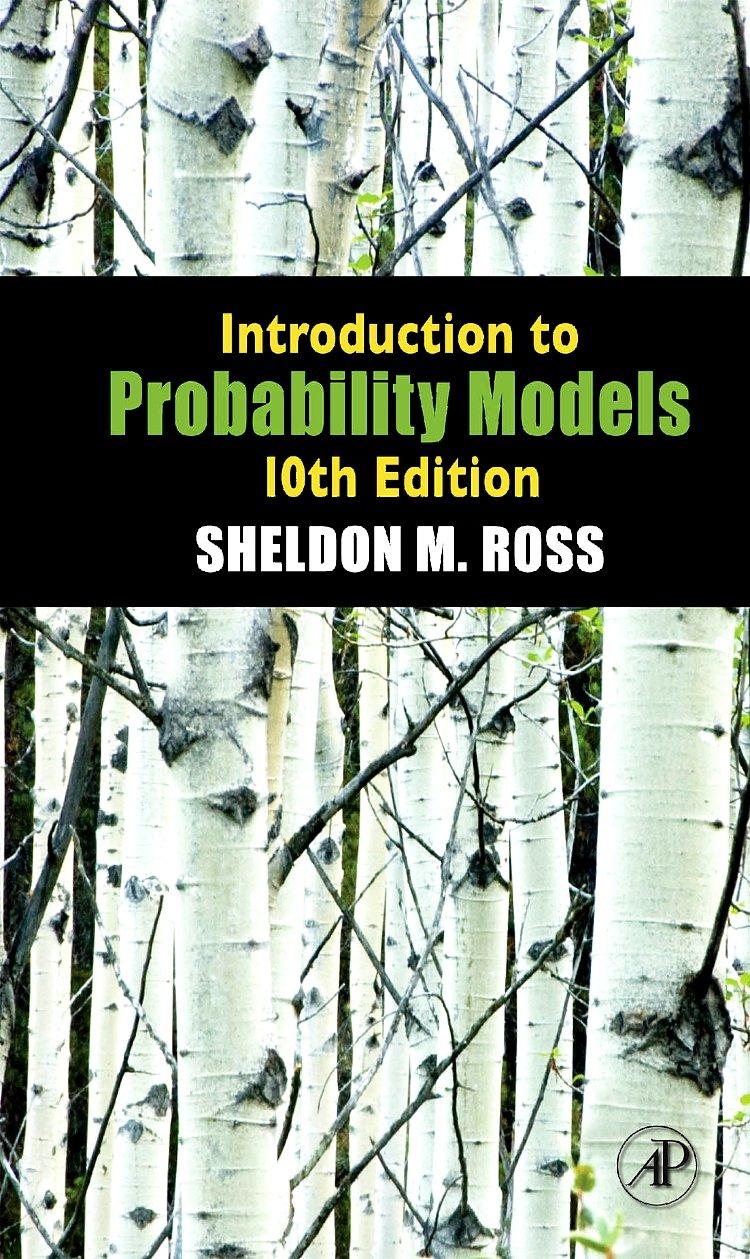Consider a manufacturing process that sequentially produces items, each of which is either defective or acceptable. The
Question:
Consider a manufacturing process that sequentially produces items, each of which is either defective or acceptable. The following type of sampling scheme is often employed in an attempt to detect and eliminate most of the defective items. Initially, each item is inspected and this continues until there are k consecutive items that are acceptable. At this point 100% inspection ends and each successive item is independently inspected with probability α. This partial inspection continues until a defective item is encountered, at which time 100%
inspection is reinstituted, and the process begins anew. If each item is, independently, defective with probability q,
(a) what proportion of items are inspected?
(b) if defective items are removed when detected, what proportion of the remaining items are defective?
Remark Before starting our analysis, note that the preceding inspection scheme was devised for situations in which the probability of producing a defective item changed over time. It was hoped that 100% inspection would correlate with times at which the defect probability was large and partial inspection when it was small. However, it is still important to see how such a scheme would work in the extreme case where the defect probability remains constant throughout.
Step by Step Answer:







